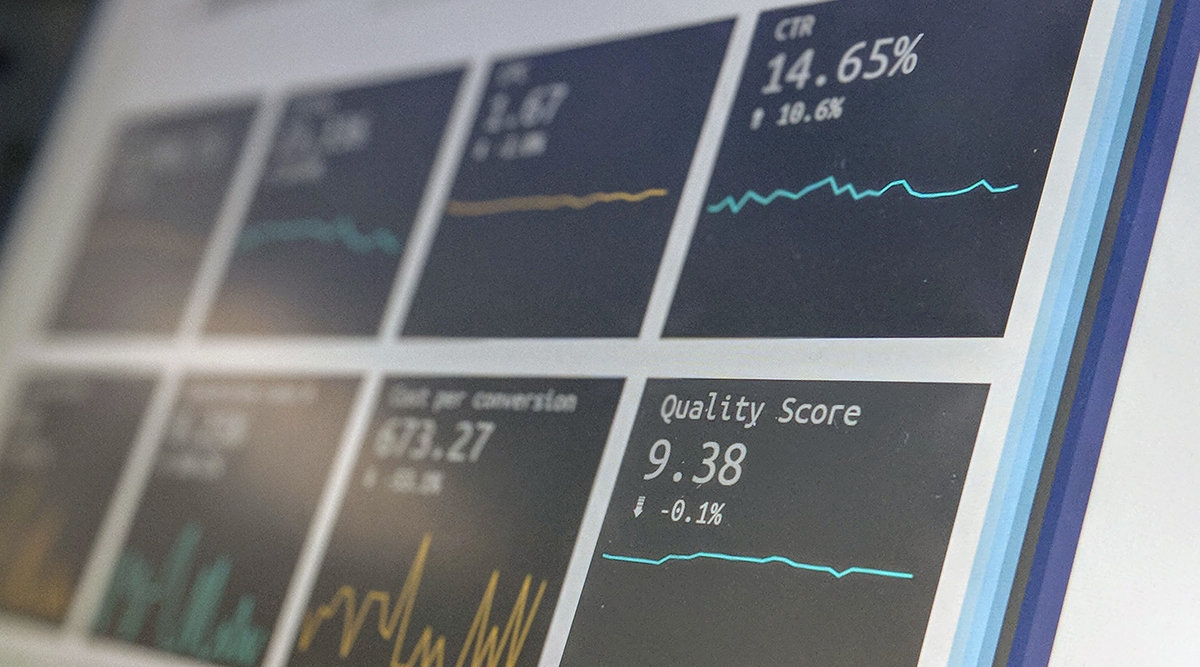Effective communication is a cornerstone of a successful healthcare system. Email marketing is a strong tool for healthcare groups to connect with patients, share important info and build lasting relationships.
When used correctly, email marketing can enhance patient engagement, promote healthcare services and improve overall satisfaction.
In this blog, we’ll delve into the best practices for healthcare systems to leverage email marketing effectively.
Why Email Marketing Matters in Healthcare
Email marketing is a vital component of healthcare communication and is a cost-effective option. A good email system lets your business connect with many patients and customize messages for each one.
Sending emails often helps you talk to patients and share important info like prevention, wellness programs, events and tips. Regular emails also keeps your patients engaged and satisfied, reducing attrition rates.
Email marketing is also an effective way to send appointment reminders and post-visit follow-ups.
Best Practices to Make the Most of Email Marketing
Build a Clean and Engaged Email List
The foundation of successful email marketing is a clean and engaged email list. Ensure that you have permission to email your recipients, and regularly update your list to remove inactive or invalid addresses.
Encourage patient sign-ups through your website, registration forms and in-person interactions.
Segmentation for Personalization: One size does not fit all in healthcare. Segment your email list based on patient demographics, medical history and preferences. By sending tailored messages, you can provide content that’s more relevant and engaging for each group.
Deliver Valuable, Informative Content: Your emails should be a source of valuable information. Share educational articles, health tips and updates on healthcare services. Avoid overly promotional content and focus on patient benefit.
Use Clear and Compelling Subject Lines: Subject lines are the first thing recipients see. Craft clear, engaging and informative subject lines to encourage opens. Avoid spammy or misleading language.
Include a Clear Call-to-Action: Including a clear call-to-action (CTA) in your emails is crucial for driving conversions. Your CTA should be clear and easy to understand. Place the CTA in a prominent position within your emails. A well-placed CTA can help to increase the impact of your email marketing campaigns and drive conversions.
Ensure Mobile Responsiveness: Many patients access their emails on mobile devices. Ensure that your emails are mobile-friendly with responsive design and easy-to-read content.
Optimize Send Times: Experiment with different send times to find when your patients are most receptive. Consider factors like the day of the week and time of day.
Encourage Two-Way Communication: Promote interaction by including links for feedback, questions and appointment scheduling. Respond promptly to inquiries, demonstrating your commitment to patient care.
Personalize Emails: Use the recipient’s name and other personalized details when possible. Personalized emails have a higher open rate and conversion rate compared to generic emails. To personalize your emails, use the recipient’s name in the subject line.
A/B Testing for Improvement: Regularly conduct A/B tests to optimize your email content. Experiment with different subject lines, content formats and calls to action to determine what resonates most with your patients.
HIPAA Compliance: In healthcare, data privacy and security are paramount. Ensure that your email marketing practices comply with the Health Insurance Portability and Accountability Act (HIPAA) to safeguard patient information.
Use Visual Content: Incorporate visuals like images and infographics to make your emails more engaging and easier to digest. Visual content can be especially helpful when explaining medical procedures or health tips.
Automate Appointment Reminders: Automate appointment reminders to reduce no-shows and improve patient attendance. Sending a reminder a day or two before the appointment can significantly impact the outcome.
Monitor Analytics: Regularly review email analytics to track open rates, click-through rates and conversion rates. This data will help you understand what works and what needs improvement.
Maintain Compliance: Adhere to all email marketing regulations and best practices, including the CAN-SPAM Act and GDPR (if applicable). Transparency and compliance build trust with patients.
Seek Patient Feedback: Don’t underestimate the power of patient feedback. Use surveys or simply ask for opinions and suggestions. Patient feedback can guide your email marketing strategy and help you improve healthcare services.
Conclusion
Email marketing is a valuable tool for healthcare systems to engage patients, provide essential information and enhance overall healthcare experiences.
Healthcare organizations can use best practices to create email marketing strategies that improve patient relationships, promote health and follow regulations.
Leveraging email marketing in healthcare can lead to healthier, more satisfied patients and improved community well-being.


